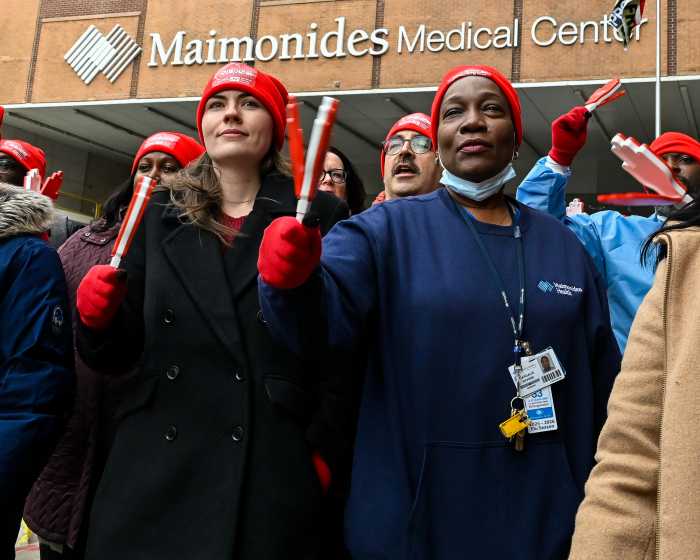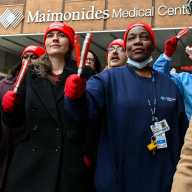Nearly a third of people living in the 10th Congressional District in Central Brooklyn face severe food hardships, the sixth highest rate out of the nation’s 436 congressional districts, according to a recent report.
The data, which comes by way of the Gallup Organization on behalf of the New York City Coalition Against Hunger, found that 30.8 percent in the district, which includes neighborhoods like Bedford Stuyvesant, Brownsville, East New York, Canarsie, Ocean Hill Brooklyn Heights, Fort Greene and Williamsburg,faced food hardship.
“With more than 200,000 hungry people in my congressional district, hunger in New York City is not a distant, isolated problem,” said Rep Edolphus Towns.Towns said he’s“committed to new and existing initiatives” that provide food to those who need it, adding that he recently co-sponsored a bill that provides breakfast in schools as part of the National School Breakfast Program.
In all, the analysis found that people in seven of the 13 congressional districts in New York City faced severe food hardships, with more than 20 percent of residents in each of those districts lacking money for food in 2008-2009. The 16th Congressional District in the South Bronx, where more than one in three residents could not afford enough food, had the highest rate in the nation.
Rep. Nydia Velazquez’s 12 District, which encompasses neighborhoods like Red Hook and Gowanus, Bushwick, Greenpoint, Sunset Park and Williamsburg, was ranked fourth worst in the city, with 24 percent of residents with food hardships, the report noted.
Even in uniformly middle class districts, like Rep. Anthony Weiner’s 9th District, which includes much of the southern portion of the borough, 7.8 percent of its residents surveyed were found to be encountering food hardships.
“I believe the most notable news from this data is just how widespread food hardship is in all corners of the city and nation. Even in the relatively least hungry congressional district in the city – Congressman Weiner’s district that has been traditionally thought of as a bedrock middle class of neighborhoods in Brooklyn and Queens – more than one in 12 residents couldn’t afford enough food, a level likely higher than in the majority of industrialized Western nation’s of the world,” said Joel Berg, executive director of the coalition. “Because America’s wages are now so low and our safety net so gutted, even the parts of New York City suffering the least are still in worse shape than most people in our competitor nations.”
























